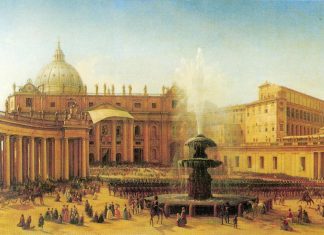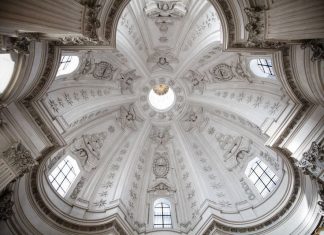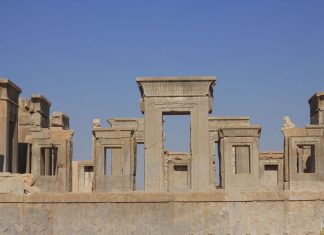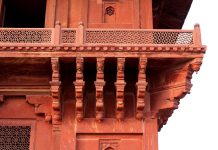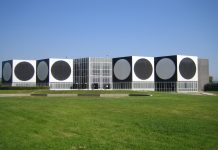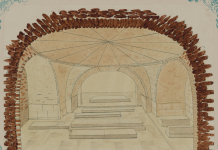Architect
Architectural embodiments of “ideas of symmetry”
All treatises talk about the need for self-knowledge, reading the "scroll" of one's being and the world. In other words, the process of cognition...
Architectural theory of the first half of the XX century
In the book "The Crisis of European Humanity and Transcendental Phenomenology" written in the mid-30s of our century, the greatest philosopher, idealist of our...
Renaissance Architect
The modern profession of architect originated in the Renaissance. In the changed historical conditions, an unusual type of customer first appeared. The new rulers...
Examples and features of constructing perspectives of various architectural objects
The perspective construction was carried out from the same observation point in the plan by the method of projections to the vertical, along with...
Architectural elements of the composition
In high-rise structures consisting of various volumes in the form of stepped, tiered and other compositions, when viewed from below, significant closures of the...
Characteristic features of the architecture of tomorrow
The more real construction turns into a process of creating a rigid technogenic environment, more and more reminiscent of some kind of realized dystopia...
Symmetry as a visual, visible harmony
The symmetrical compositions of French gardens of the XVII century, the "architecture" of greenery (geometric shapes of trees, shrubs and curtains) were a continuation...
Symmetry as a means of ordering architectural composition
The questions of the traditional language of architecture, the ways of adequate professional expression of ideas are still the most difficult for both the...
Analysis of trapezoidal city squares
On the larger side of the trapezoid, along the axis of movement and symmetry of the square, the main dominant building of the ensemble...
Architectonics of the concept of architectural symmetry
Escher depicted lizards, different in color, but not distinguishable in shape, placed on a plane according to symmetry transformations.
Thus, the symmetrical ones include such...

